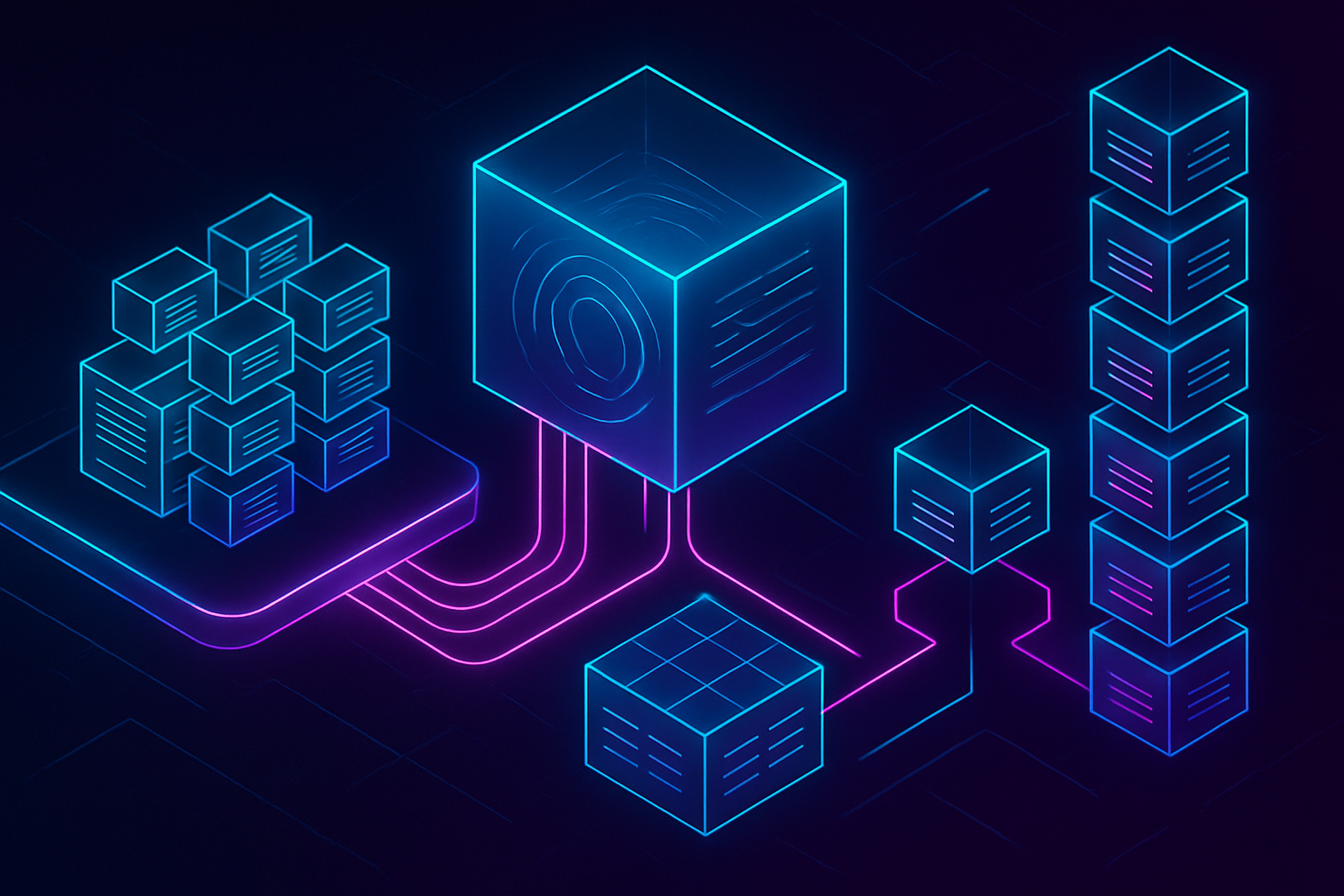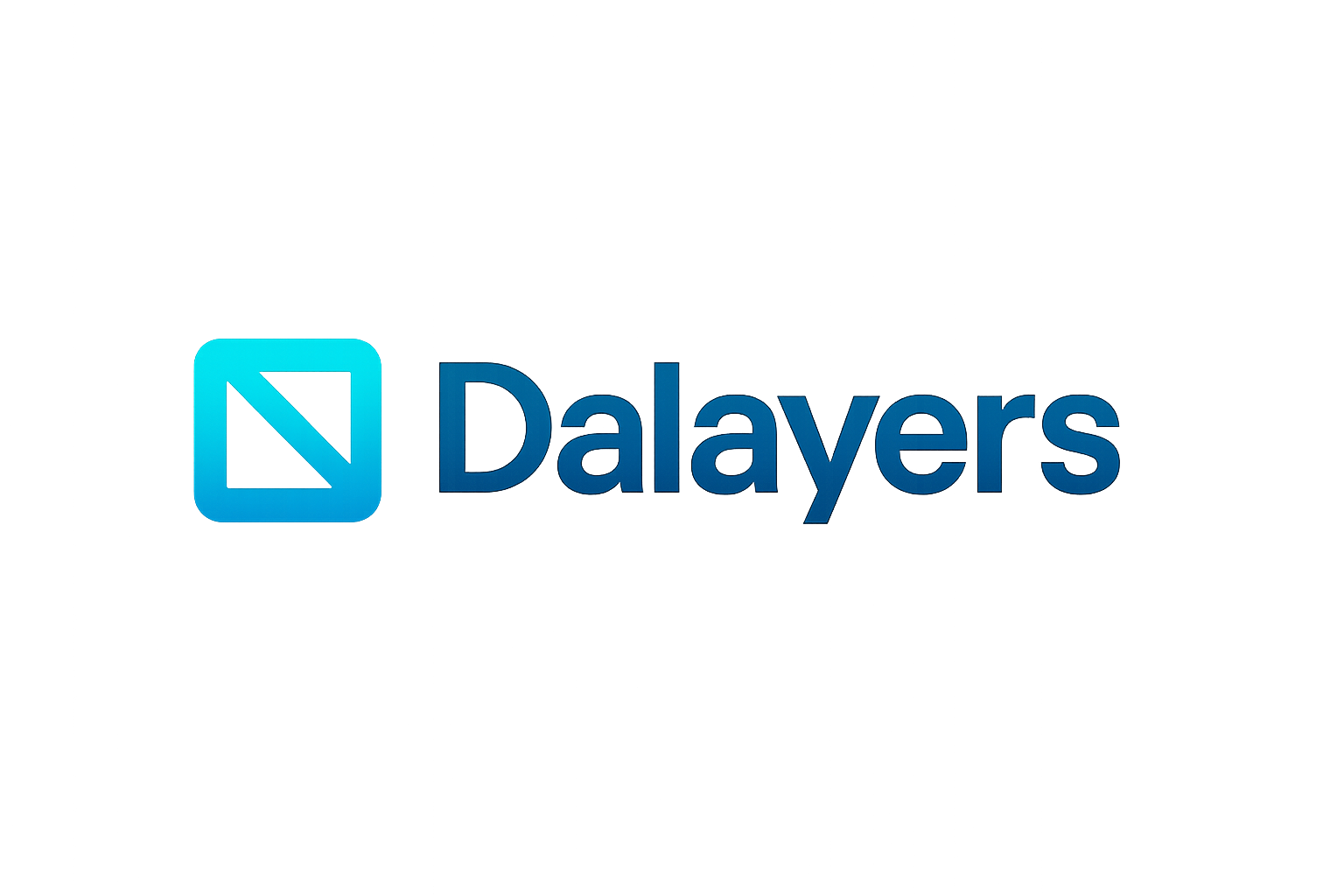
Blockchain scalability has always been a battleground of trade-offs. Monolithic blockchains, where every node processes and stores all transaction data, inevitably run into bottlenecks as demand grows. Enter the modular blockchain revolution: by splitting core functions like execution, consensus, and data availability into specialized layers, networks can scale in ways that were previously impossible. At the heart of this new paradigm are data availability layers (DA layers), a powerful tool for boosting rollup scalability while preserving decentralization and security.

Why Data Availability Layers Matter for Rollups
Rollups are Layer 2 solutions that bundle thousands of transactions off-chain before submitting compressed proofs to the main chain. This design supercharges throughput and slashes fees, but it creates a new challenge: ensuring that all transaction data is actually available for anyone to verify. If the data isn’t reliably accessible, users and validators can’t trust rollup outputs, potentially opening the door to fraud or censorship.
This is where DA layers step in. By providing a dedicated network for publishing and verifying transaction data, DA layers allow rollups to offload bulky storage tasks from the main chain. This not only reduces congestion but also slashes costs dramatically (Celestia claims up to 95% lower costs for developers, see Celestia). The result? Rollups can process more transactions per second without sacrificing security or decentralization.
How DA Layers Work: Erasure Coding and Data Availability Sampling
The magic behind modern DA layers lies in two key techniques: erasure coding and data availability sampling (DAS). Erasure coding adds redundancy to each block of data so it can be reconstructed even if some parts go missing, a bit like RAID storage for blockchains. DAS then allows nodes to verify that all data is present by checking only small random samples instead of downloading entire blocks.
This approach turns traditional blockchain scaling on its head. Instead of forcing every node to store everything, light clients can now confidently verify data availability with minimal bandwidth and storage requirements. It’s a game-changer for decentralized participation, and a critical enabler for truly scalable rollups.
Key Benefits of DA Layers in Modular Blockchains
-

Enhanced Scalability: DA layers allow rollups to process a higher volume of transactions by offloading data storage, removing bottlenecks from the main chain and enabling greater throughput.
-

Lower Transaction Costs: By separating data availability from execution, DA layers like Celestia and Avail significantly reduce the cost of publishing and storing transaction data, making blockchain usage more affordable for developers and users.
-

Improved Network Efficiency: Specialized DA layers minimize redundant work and maximize bandwidth, allowing nodes to verify data availability without downloading entire blocks—thanks to techniques like data availability sampling (DAS).
-

Faster Transaction Finality: Offloading data availability enables rollups to validate and confirm transactions more quickly, reducing network congestion and improving user experience.
-

Robust Security and Decentralization: DA layers such as EigenDA leverage existing validator sets and slashing mechanisms to ensure the integrity and availability of data, maintaining high security standards while supporting modular growth.
-

Greater Developer Flexibility: With DA layers handling data storage, developers can focus on building scalable, fully on-chain applications without being constrained by Layer 1 limitations.
Pioneers in Data Availability: Celestia, Avail, EigenDA
The race to build the best DA layer is heating up fast:
- Celestia: The poster child of modular blockchain architecture, Celestia separates execution from data availability using DAS so even light nodes can participate securely.
- Avail: Focuses on robust base-layer data availability for any modular application, whether it’s a Validium or sovereign rollup, enabling efficient storage and retrieval at scale.
- EigenLayer/EigenDA: Leverages Ethereum’s validator set with slashing incentives to deliver programmable, high-throughput DA services at lower cost (see more at tdx.biz).
This competitive landscape is rapidly evolving as new use cases emerge, from DeFi megaprotocols needing blazing-fast settlement to NFT platforms demanding cheap and reliable storage.
As more protocols embrace modularity, the real-world impact of data availability layers becomes increasingly clear. By offloading heavy data storage and verification from Layer 1 blockchains, DA layers dramatically reduce network congestion and unlock new levels of throughput for rollups. This is not just a theoretical upgrade, projects like Celestia and Avail are already enabling developers to build fully on-chain apps with a fraction of the previous cost and complexity (Avail blog).
Real-World Effects: Lower Fees, Higher Throughput, More Use Cases
The modular stack’s influence is best measured by the numbers: lower transaction fees, higher transactions per second (TPS), and broader accessibility for both users and developers. Thanks to DA layers like Celestia, developers have reported up to 95% lower costs when building scalable applications (Celestia). This cost reduction directly translates into cheaper transactions for end-users, a critical factor for mainstream adoption.
The efficiency gains don’t stop at DeFi or trading dApps. NFT platforms, gaming ecosystems, and even enterprise solutions are starting to leverage modular architectures to deliver seamless user experiences without the legacy headaches of monolithic chains. With DA layers making data retrieval fast and reliable, latency drops while security remains robust.
Security Without Compromise: The Decentralization Advantage
One common concern about scaling blockchains is that improvements in speed or cost often come at the expense of security or decentralization. Data availability layers flip this script by letting each component specialize, DA handles storage and access, execution handles computation, consensus ensures agreement, and all can be upgraded independently.
This specialization means that light nodes can verify data with minimal resources using DAS (data availability sampling), making it easier for anyone to participate in network validation. The result is a healthier ecosystem with more independent verifiers, reducing the risk of centralization over time.
What’s Next? The Road Ahead for Modular Blockchain Scalability
The future is bright, and competitive, for data availability innovation. As more projects integrate with Celestia DA, Avail, EigenDA and similar solutions, expect an explosion of new dApps that simply weren’t feasible before due to cost or speed constraints. Developers will have their pick of DA providers depending on their specific needs for performance or programmability.
In fact, we’re already seeing early experiments with hybrid approaches, combining different DA layers or leveraging cross-chain interoperability, to further push boundaries on what’s possible in decentralized finance and beyond.
The modular thesis isn’t just about breaking blockchains into parts, it’s about letting each part do its job better than ever before.
| DA Layer | Main Feature | Best For |
|---|---|---|
| Celestia | DAS for light clients; low-cost developer onboarding | Diverse rollups and amp; L2s |
| Avail | Flexible base layer; supports Validiums/sovereign rollups | NFTs and amp; high-throughput dApps |
| EigenDA | Ethereum validator set integration; slashing-based integrity | EVM-compatible chains and amp; DeFi megaprotocols |
If you’re building or investing in blockchain infrastructure today, understanding the role of data availability layers is non-negotiable. They aren’t just another feature, they’re quickly becoming the backbone for scalable Web3 applications across every vertical.






